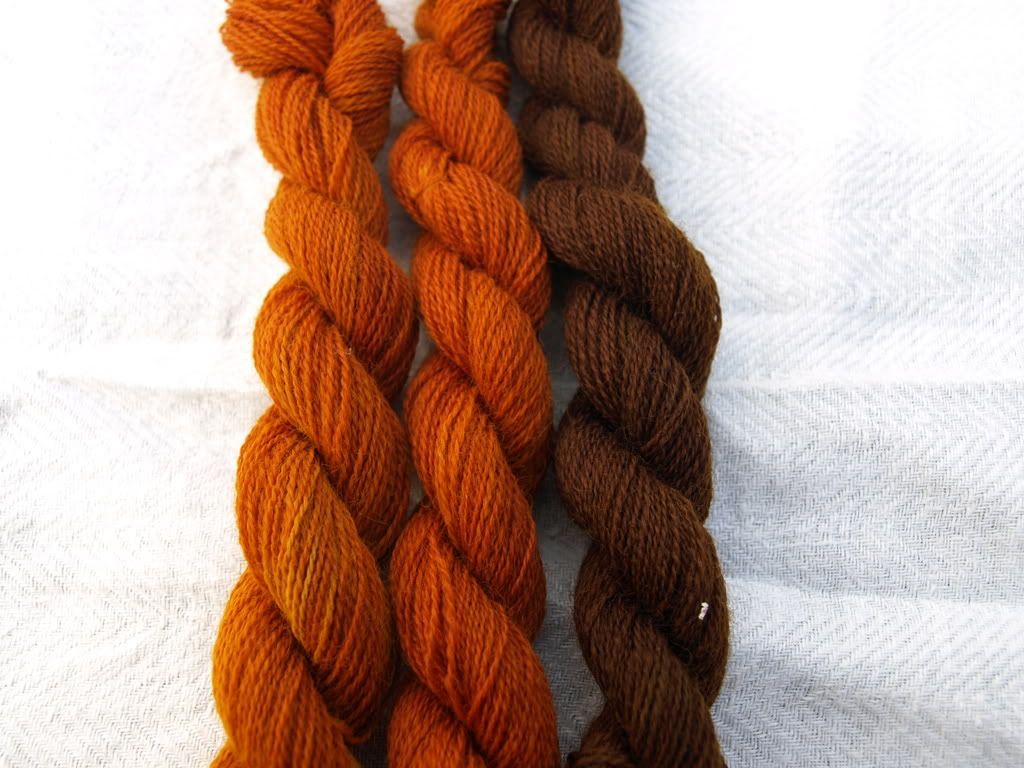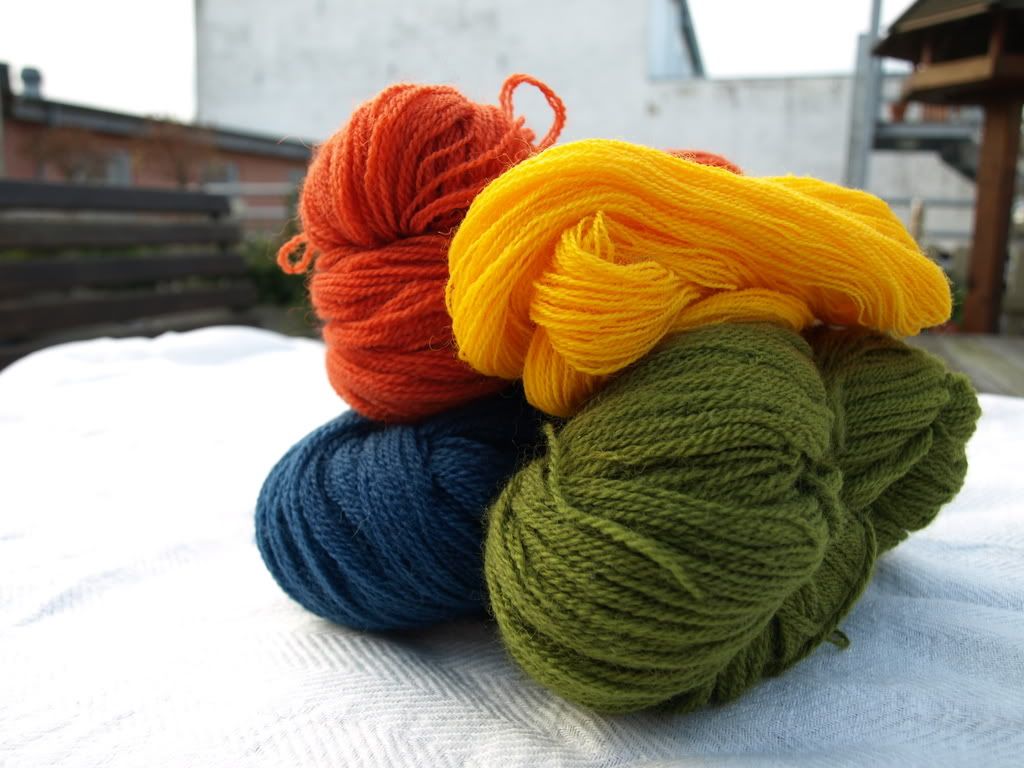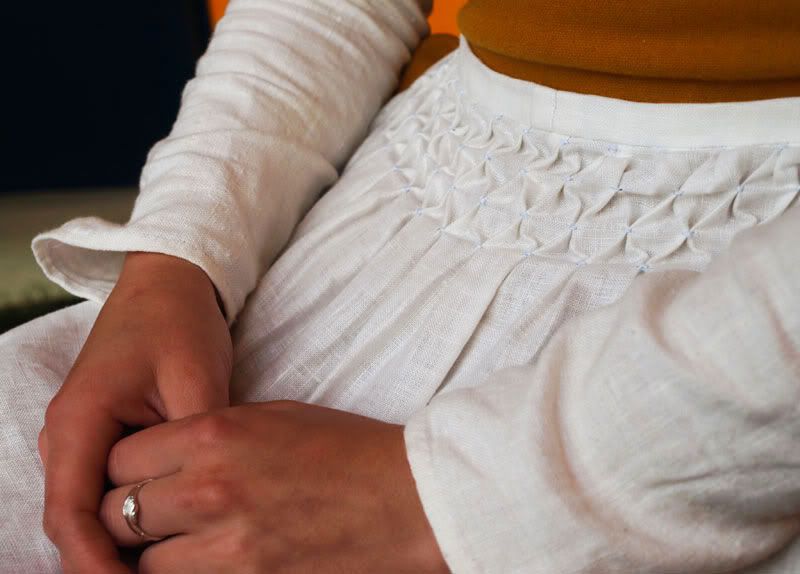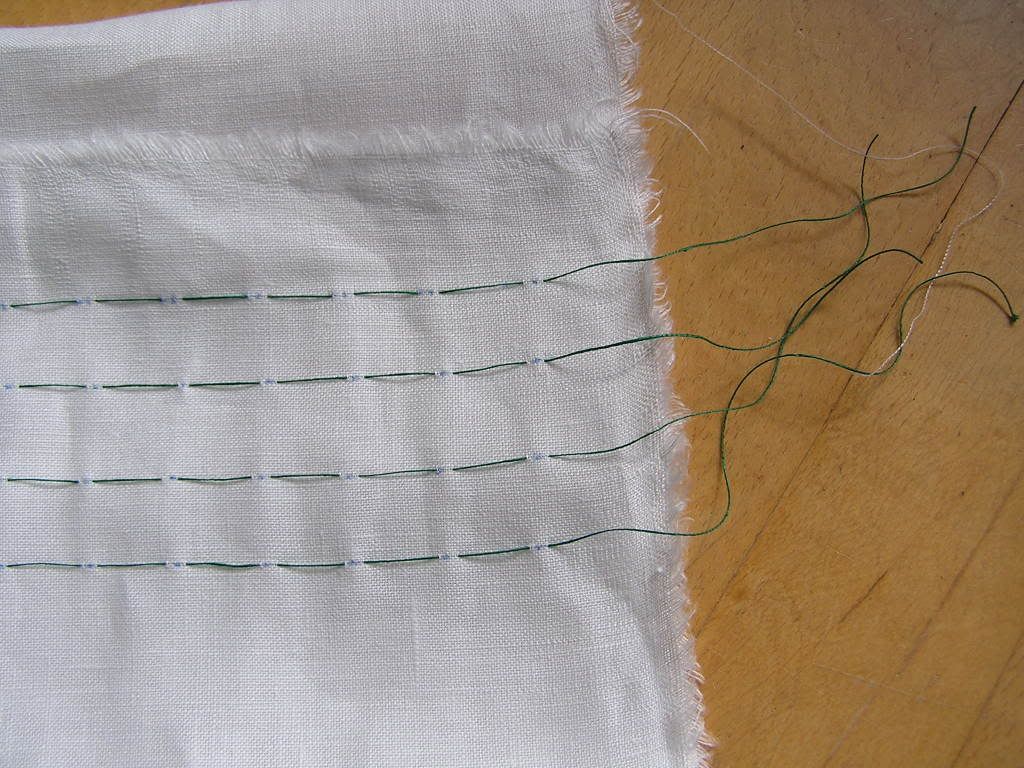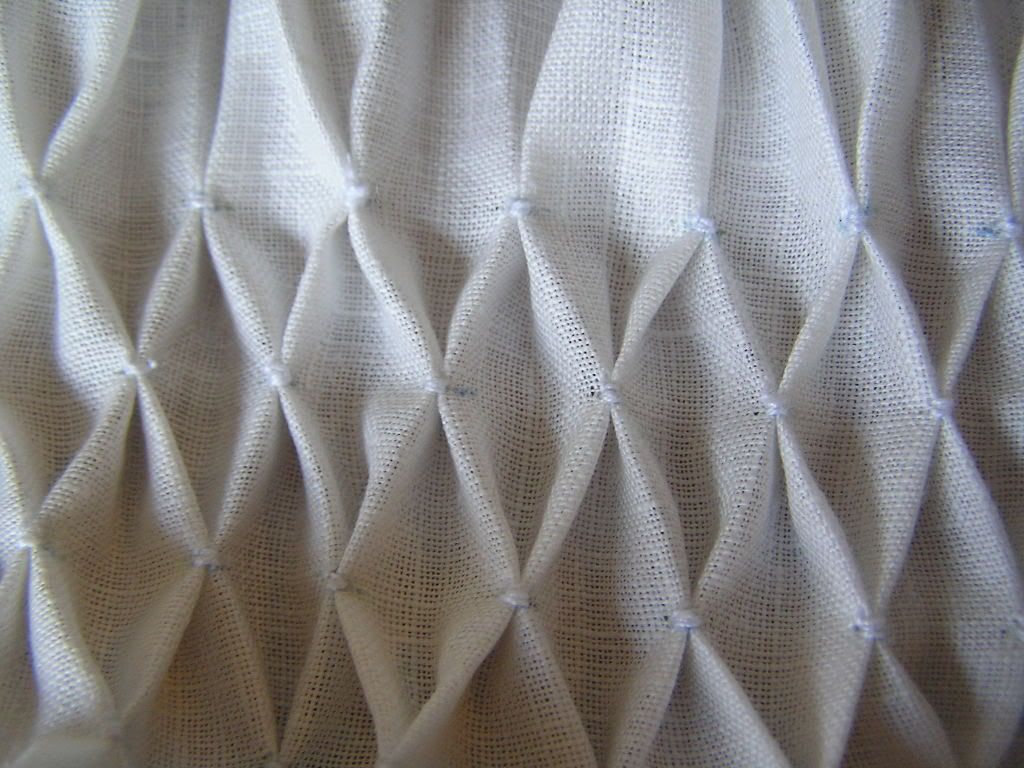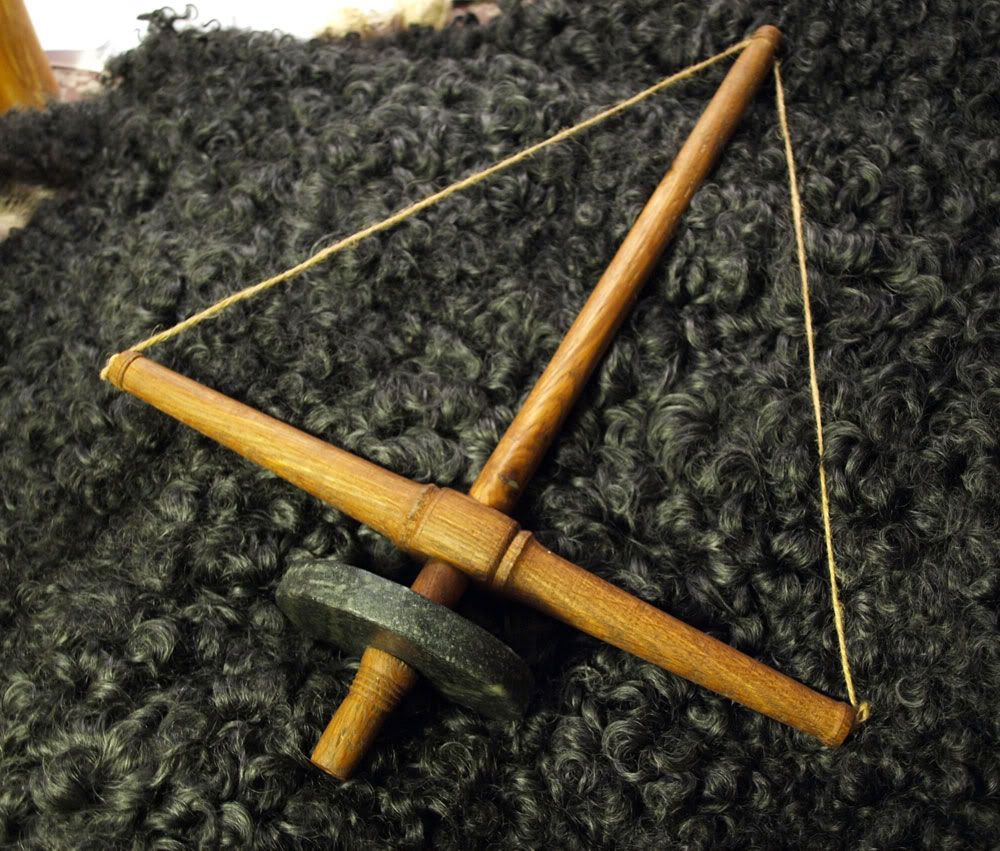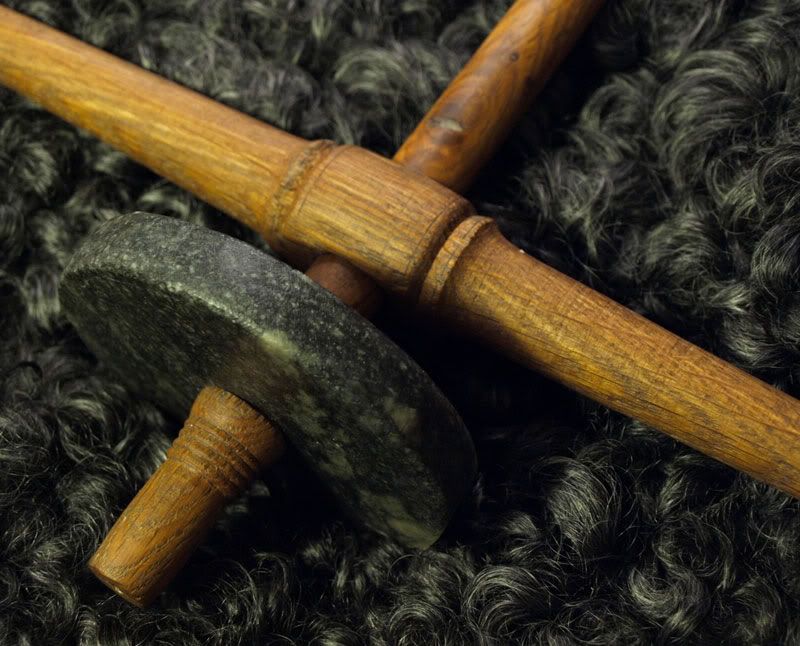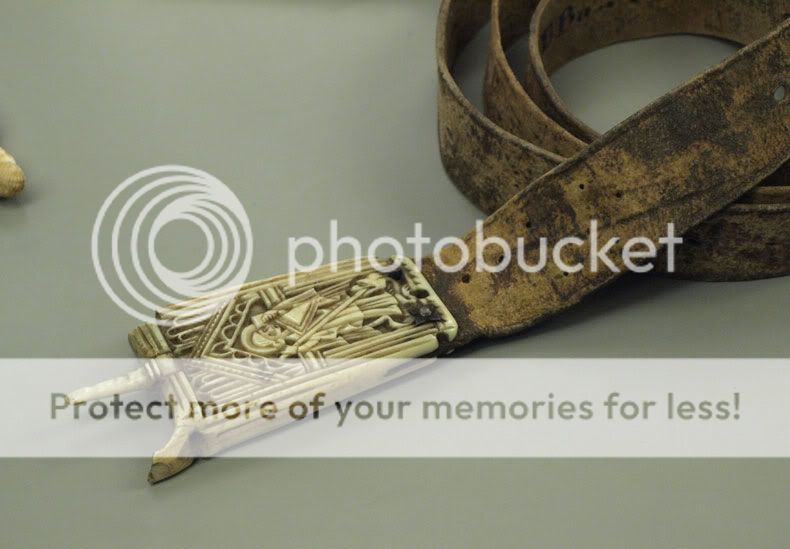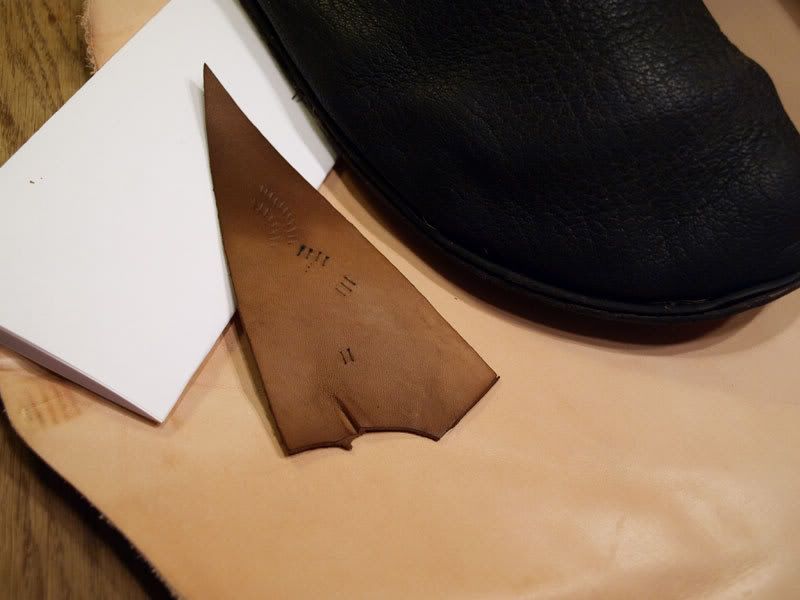Some time ago there was a discussion at
Historiska världars forum about a purse found at Helgeansholmen in Stockholm (Sweden). It is by far the best preserved purse I have ever seen, and the purse was found in a Scandinavian country. So naturally I was acking to make a "replica" of it right away.
And thanks to some of the readers from the forum, some very nice drawings and photographs were made public, so that people could have a go at copying the purse.
Especially the user "Admin" (I believe his name is Henrik) provided some nice pictures.
So I have been thinking about this project for at long time now, and finaly I got around to doing something about it :-)
And the result is by far the most authentic purse I have ever made. So naturally I am very pleased with the result.
I can't say that the purse is 100% authentic, because not all of the parts have survived (the binding, straps, lining and pockets are all gone). So this can only be my interpretation of the original purse... but I really do feel that I have come close :-)
The pictures provoded by "Admin" can be found here:
http://www.medeltidenitiden.se/material/20080909_helgeand_purse.zipThe purse can be found at
Medeltidsmuseet in Stockholm. Althoug it isn't on display right now. It will be from january 2010.
Here comes the pictures:

The purse measures 25 x 25 cm, and is pretty large compared to some of the purses in "Purses in Pieces".
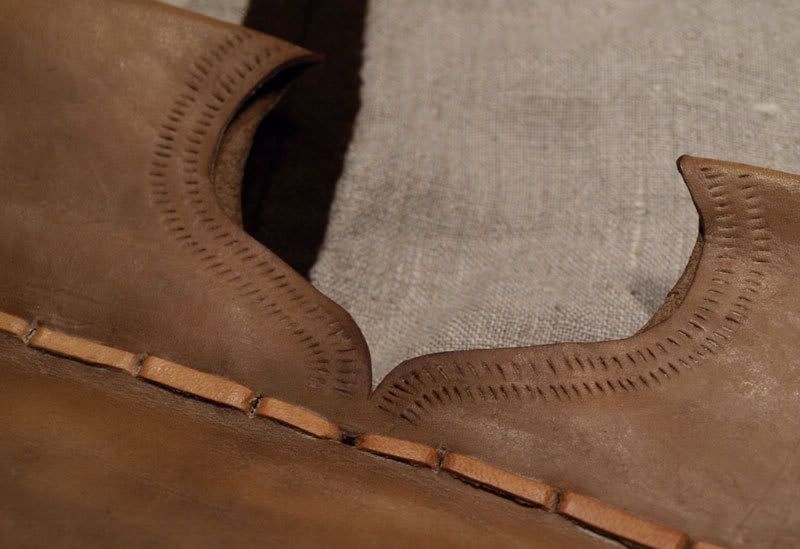
I made the incisions for this decoration, with a very small knife, that i made by hammering a nail flat, and sherpening it.
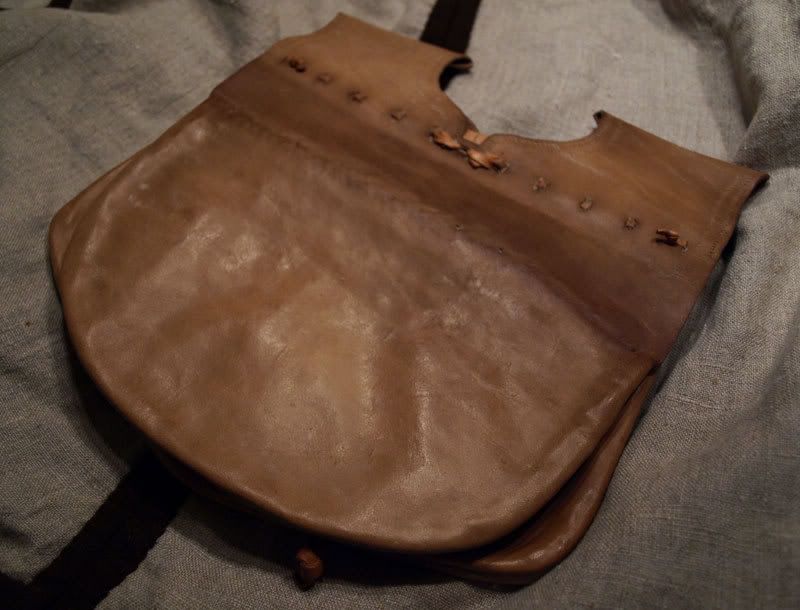


The thing about this purse I spent the most time, trying to figure out were the shape of the pockets on the front of the inner compartment of the purse.
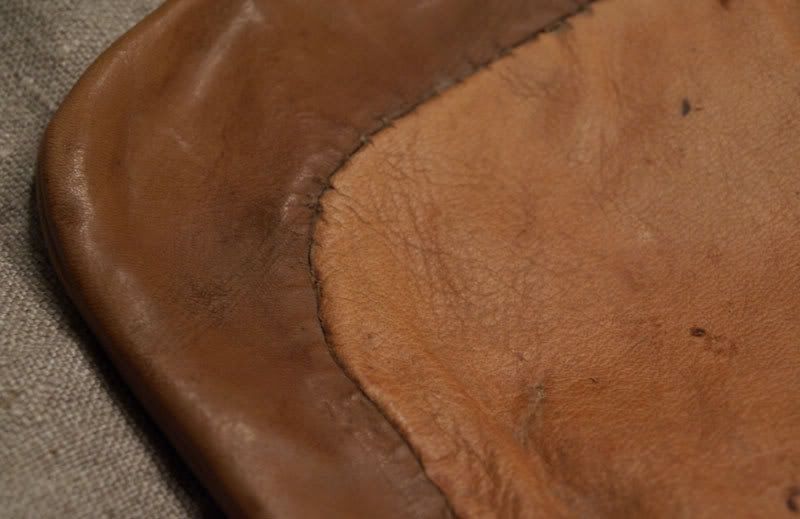
The lining of the flap has been sewn with stiches that doesn't penetrate the outside of the leather. I'm not entirely sure if the lining on the original purse was made from leather. It might as well have been made from fabric.
I chose leather because it i more durable than fabric.
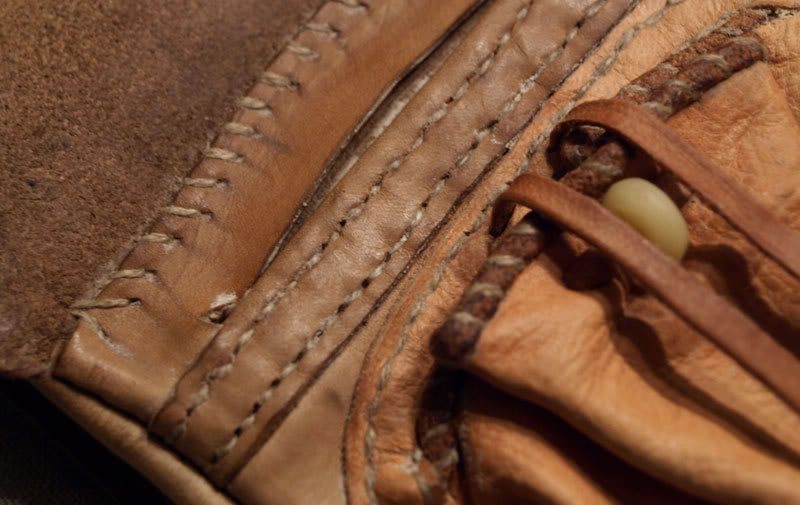
the inner compartment was also joined to the back of the purse with stiches that only pass through the flest side of the leather, This protects the stiches from being worn down when the purse is in use.
I suspect that the flax thread won't last very long, when it is continually being "scrubbed" by wollen clothes.
The leather was dyed with walnutshells and leaves, and greased with a mixture of tallow, beeswax and pine tar.
Here are some pictures of the original:
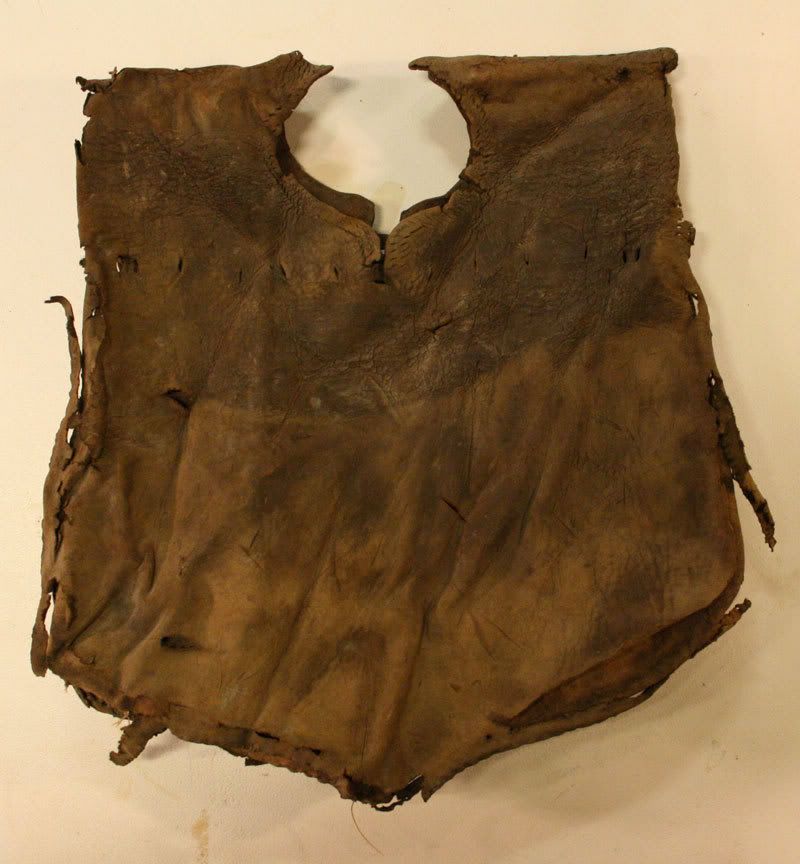
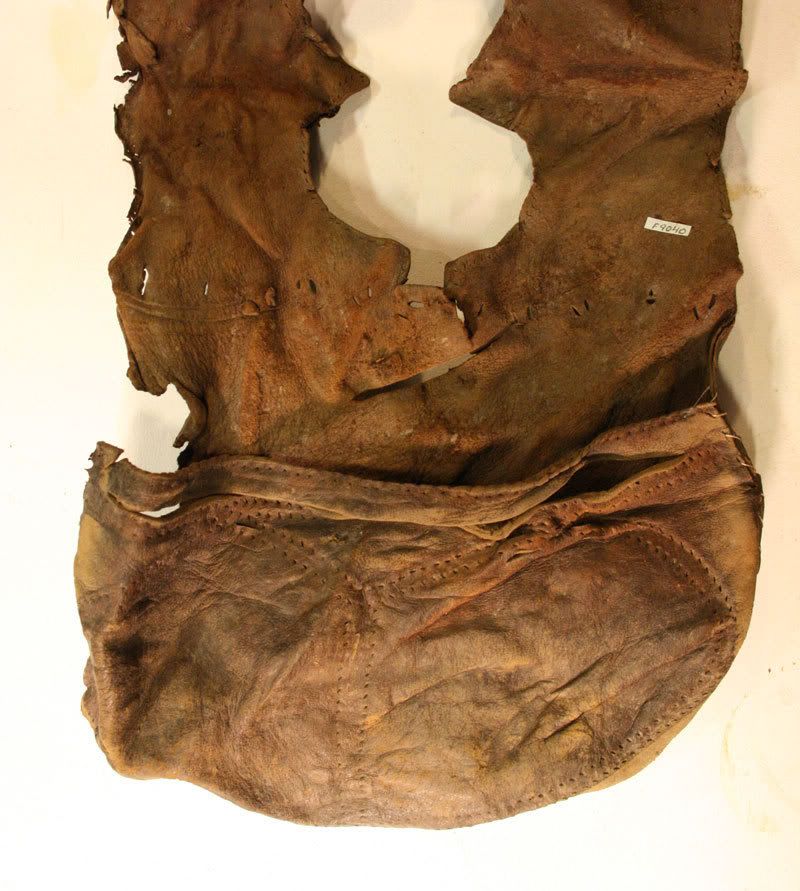
I really recomend that you download the pictures that i linked to earlier on in this article. They probive an enormous amount of info on this purse.
The zip-file also contains drawings of the purse and all the different parts (all four of them!).
Aditional pictures can be seen at my photobucket:
http://s163.photobucket.com/albums/t306/MikkelF84/Takser/helgeansholmen/I will also post the pattern I made for the purse as soon as I get the time to scan it.
